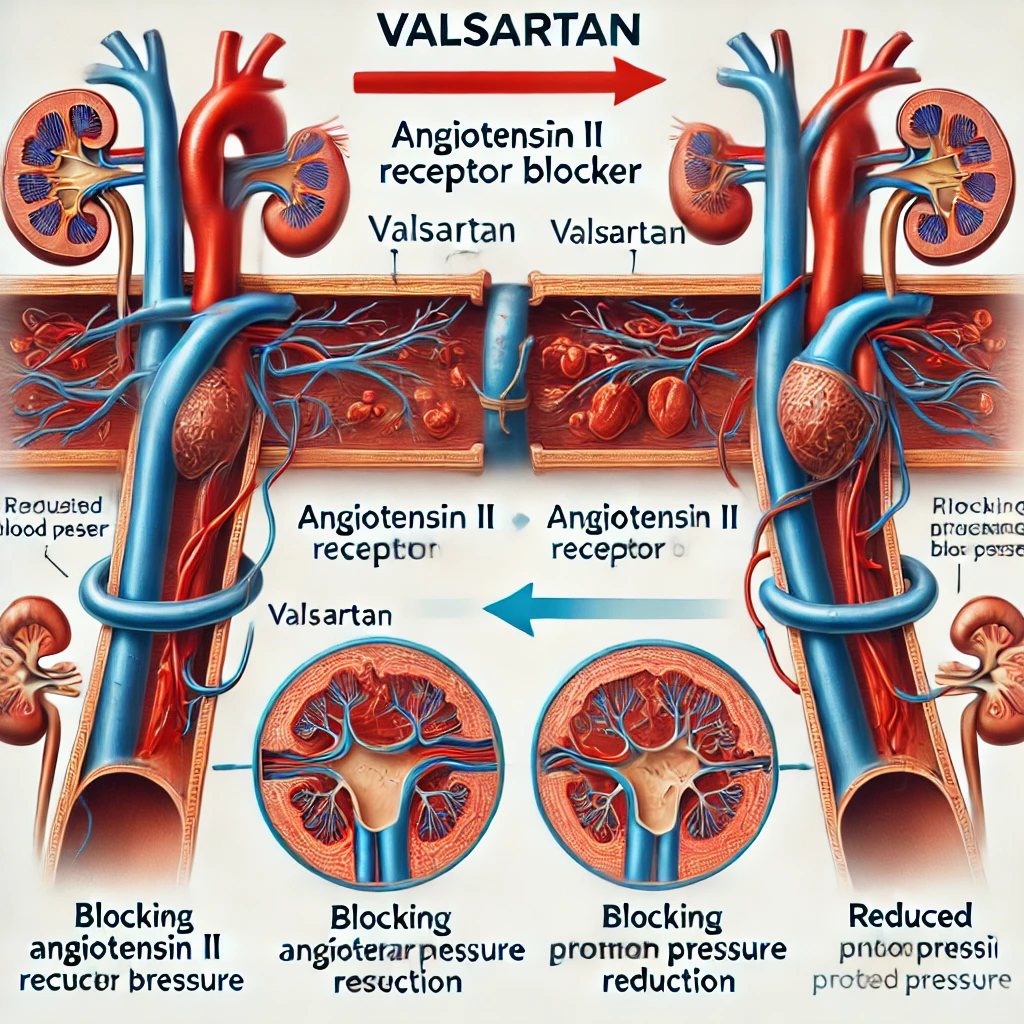Hypertension drug : Valsartan Overview
Introduction to ARBs and Valsartan for hypertension Angiotensin II receptor blockers (ARBs) are widely used antihypertensive drugs. They are particularly beneficial for kidney health as they lower glomerular pressure and reduce proteinuria. Among ARBs, Valsartan… Hypertension drug : Valsartan Overview
